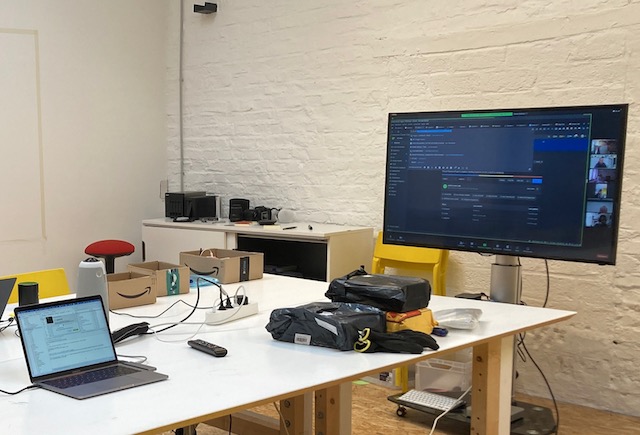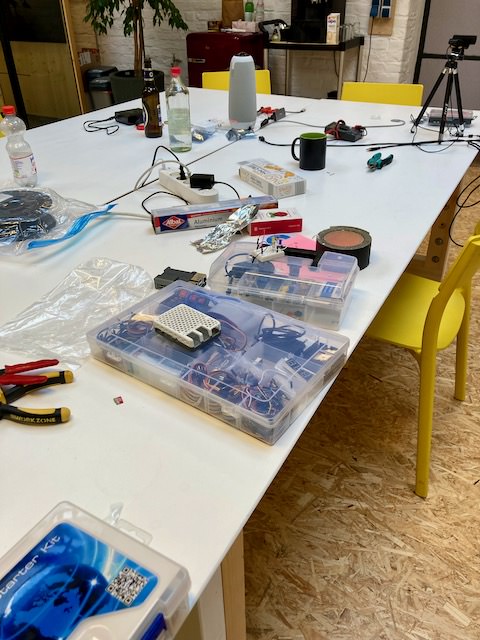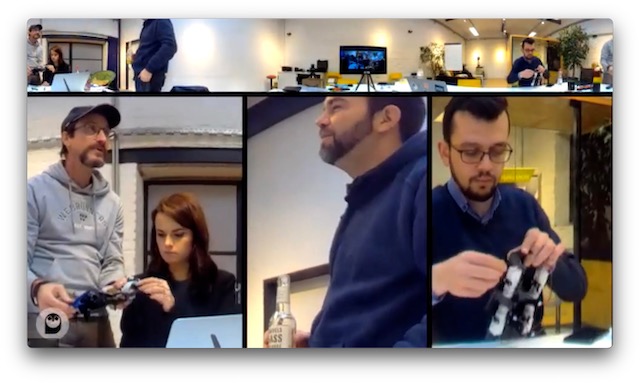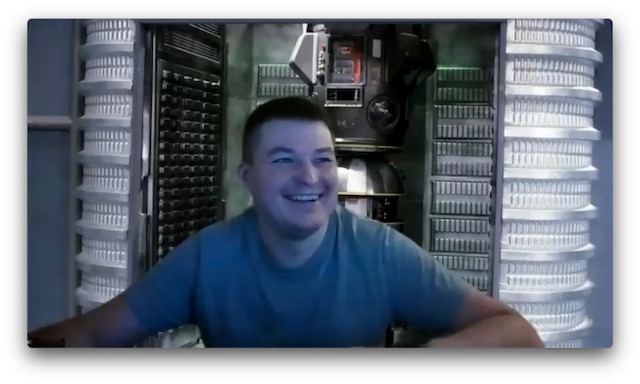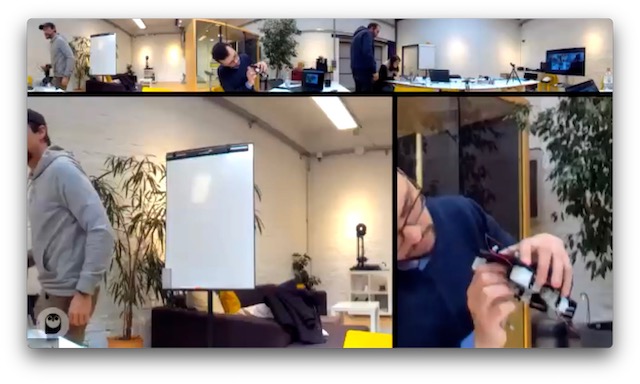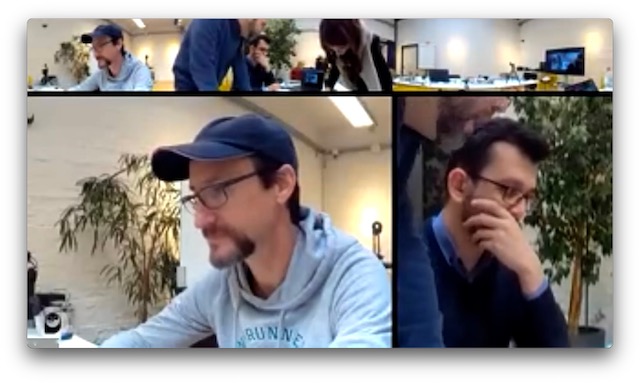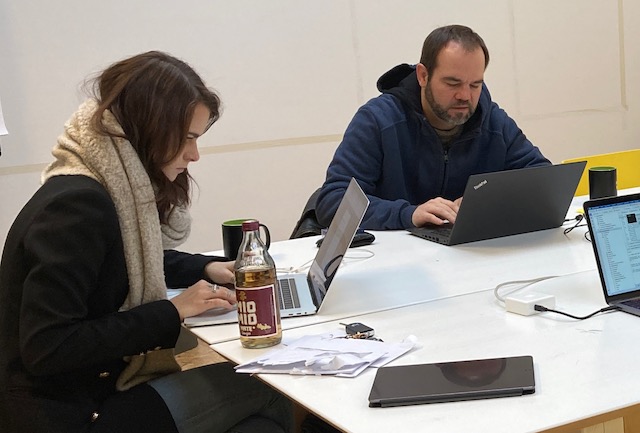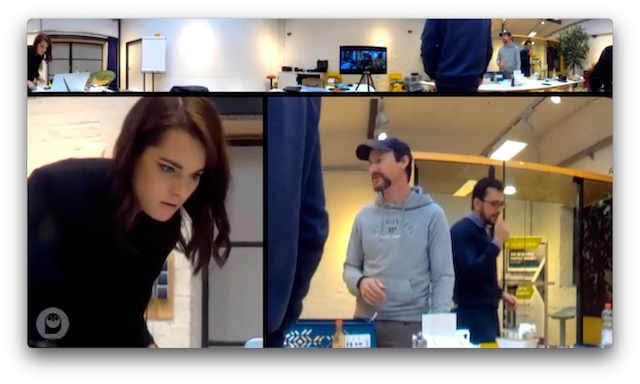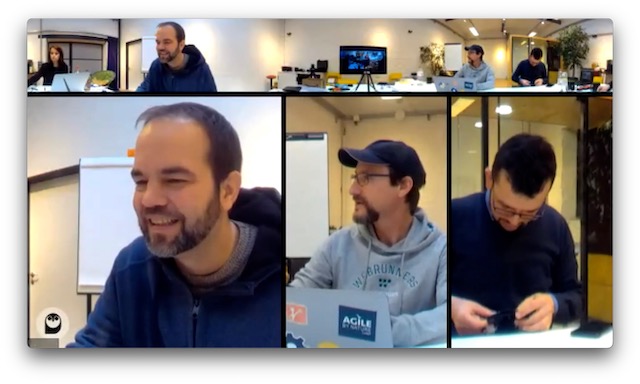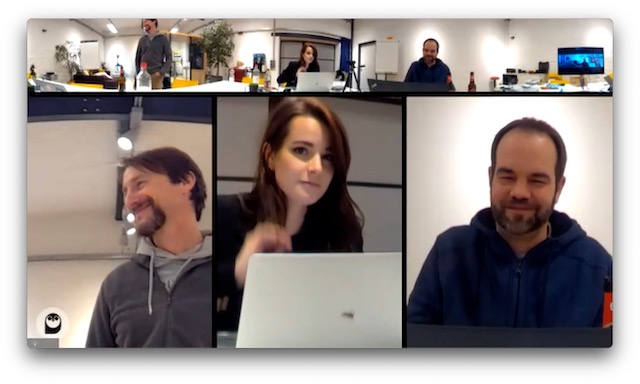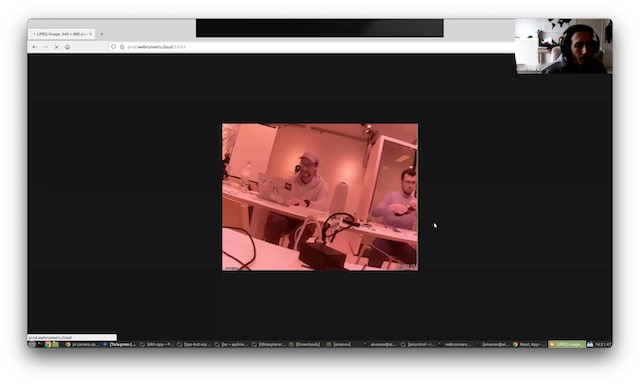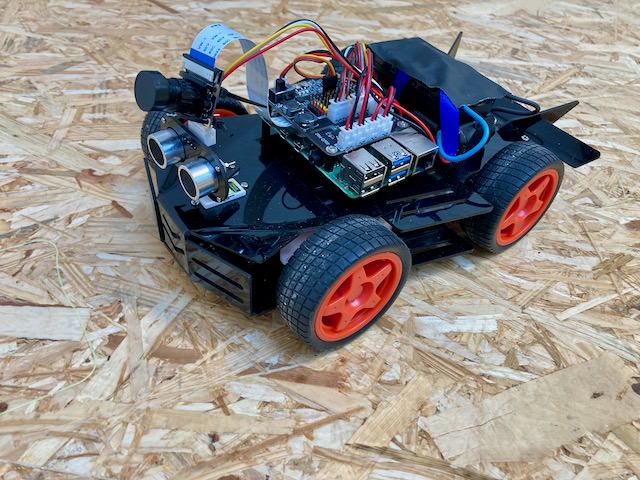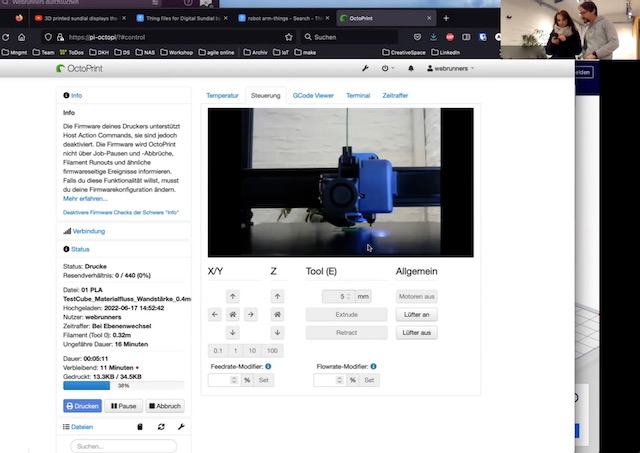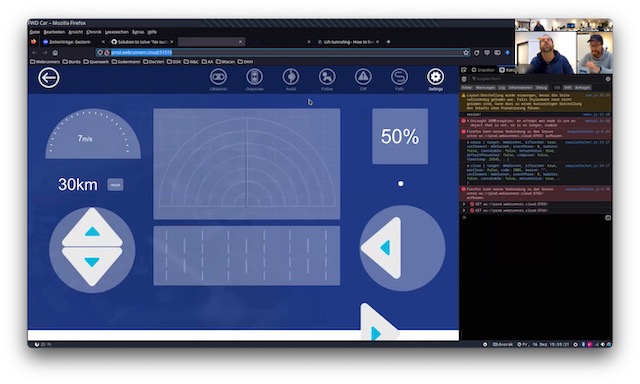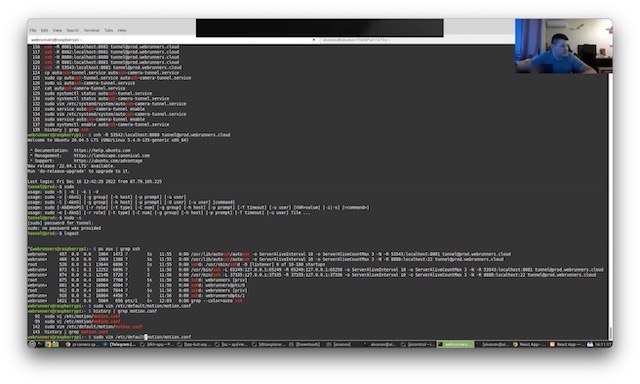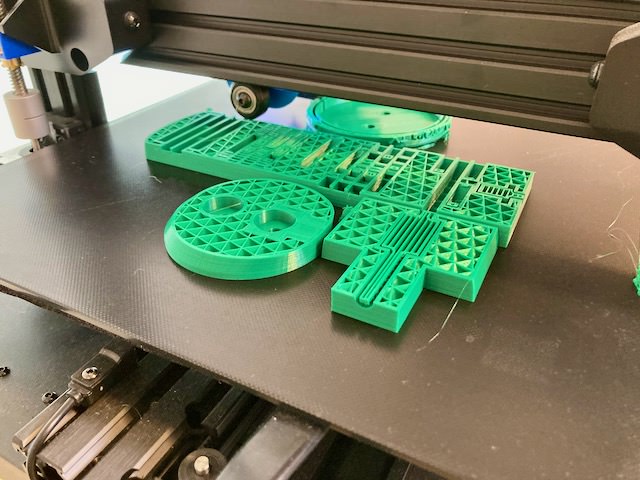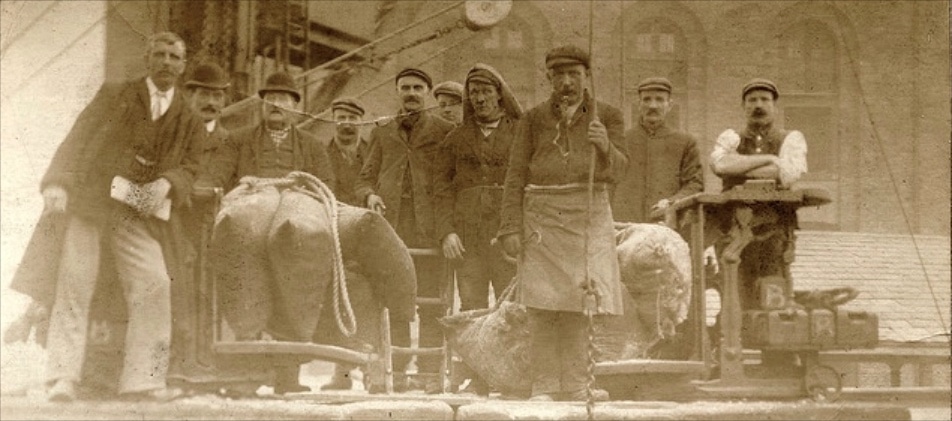Our team meets at regular intervals to work on projects together, to programme or to hold a “hackathon”. It is important to us that every team member can be involved, so that even non-developers can try things out and contribute to the final result.
At our last hackathon, we developed a remote-controlled camera vehicle that can be controlled from anywhere in the world via an internet connection. But before we now write ourselves how we did it, we wrote the following article as an experiment with ChatGPT.
ChatGPT is a prototype of a chatbot that uses artificial intelligence and is constantly being trained by the feedback of users. Thus, ChatGPT can conjure up complete solutions and texts on the screen within a few seconds using a few keywords. Afterwards, we asked ourselves which articles, codes and texts we had read last were actually written by humans.
But feel free to read the following text for yourself. We have translated the content below into German ourselves, you can find the original version in the English version.
We have provided ChatGPT with the following key points:
Write a longer blog article about a hackathon that the Webrunners team hosted in the company’s CreativeSpace. There we built a remote zoom camera vehicle and programmed an application to control it. This allows remote workers to remotely control the camera van and the position of the camera itself.
While the on-site staff assembled the hardware, set up the RaspberryPi and made it accessible to the outside via a tunnel, the remote staff built the application. In order to involve the remote workers as much as possible in the on-site collaboration, we set up several cameras, including a 360° camera that allowed for good integration. The result of the day was a first proof of concept, where the vehicle base and the camera could be controlled remotely. Now the individual aspects can be optimised and components, such as a robotic arm for finer control of the camera, can be developed with the 3D printer.
We have provided ChatGPT with the following key points
Write a longer blog article about a hackathon that the Webrunners team held in the company’s creative space. There we built a remote zoom camera vehicle and programmed an application to control it. Remote workers can use it to remotely control the camera vehicle and the position of the camera itself.
While the on-site employees assembled the hardware, set up the RaspberryPi and made it available to the outside via a tunnel, the remote employees built the application. To ensure that the remote workers were as involved as possible in the on-site collaboration, we set up several cameras, including a 360° camera that enabled good integration. The day’s result was an initial proof of concept, with the vehicle base and camera remotely controllable. Now the individual aspects can be optimized and components, such as a robotic arm for finer control of the camera can be developed with the 3D printer.
ChatGPT result
Last week, the Webrunners team held a hackathon at the company’s creative space. The goal was to come up with innovative solutions to common problems faced by remote workers, and we were excited to see what we could accomplish.
One of the ideas that we came up with was to build a remote zoom camera vehicle that could be controlled by a remote worker. This would allow remote workers to have more control over their camera position during team meetings, and would also allow them to move the camera around the room if needed.
To get started, we split the team into two groups. One group consisted of on-site employees who were responsible for assembling the hardware and setting up the RaspberryPi. They also made the vehicle available to the outside via a tunnel, so that the remote workers could access it.
The other group consisted of remote workers who were responsible for building the application that would control the vehicle. To ensure that the remote workers were as involved as possible in the on-site collaboration, we set up several cameras, including a 360° camera that enabled good integration.
Over the course of the hackathon, the two teams worked together to build and program the remote zoom camera vehicle. By the end of the day, we had a functional proof of concept, with the vehicle base and camera both being remotely controllable.
While we were pleased with the progress we made during the hackathon, we also realized that there was still more work to be done. There were several aspects that we needed to optimize, and we also wanted to develop components such as a robotic arm for finer control of the camera. We decided to use the 3D printer to create these components, which would allow us to customize the vehicle to meet our specific needs.
Overall, the hackathon was a great success for the Webrunners team. We were able to come up with a creative and innovative solution to a common problem faced by remote workers, and we had a lot of fun doing it. We’re excited to continue working on the remote zoom camera vehicle and see how it can help to improve the experience of remote meetings.
